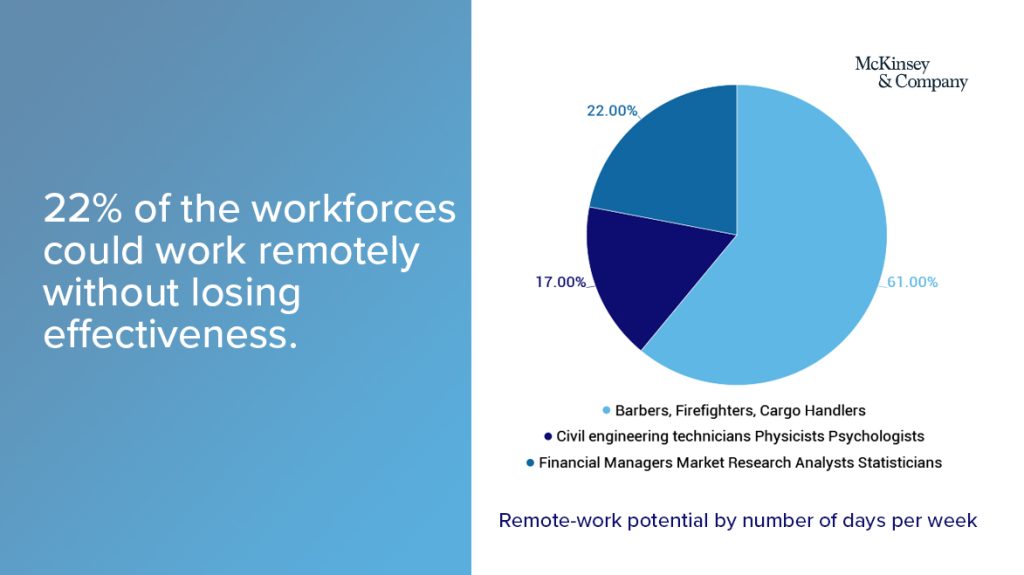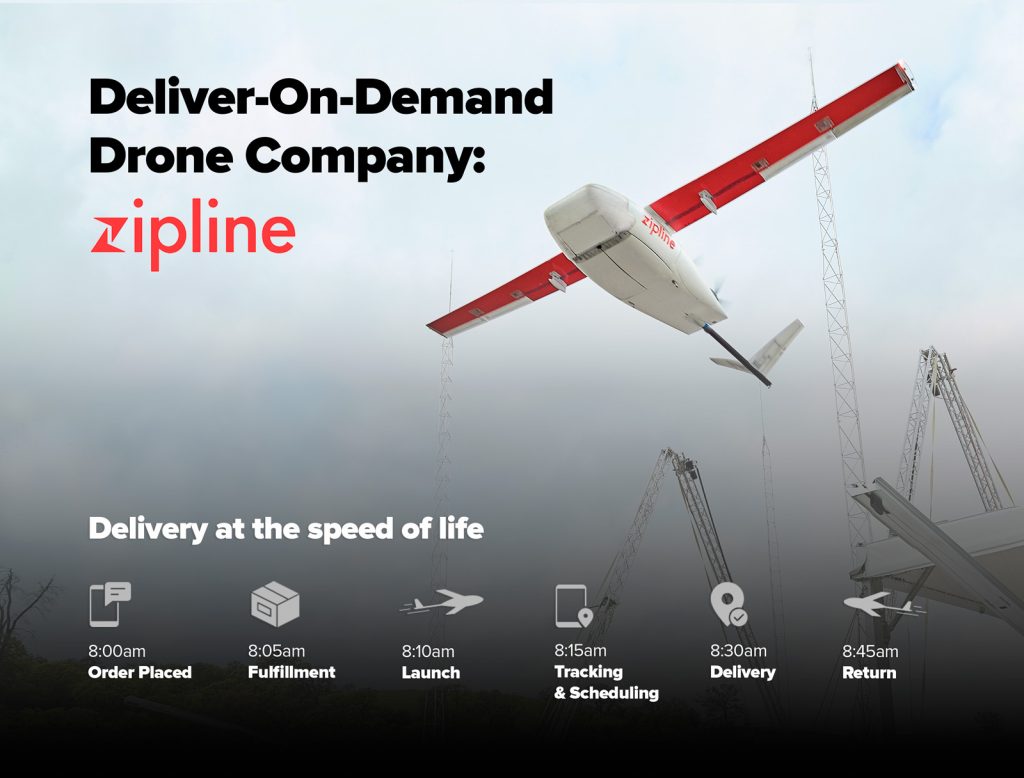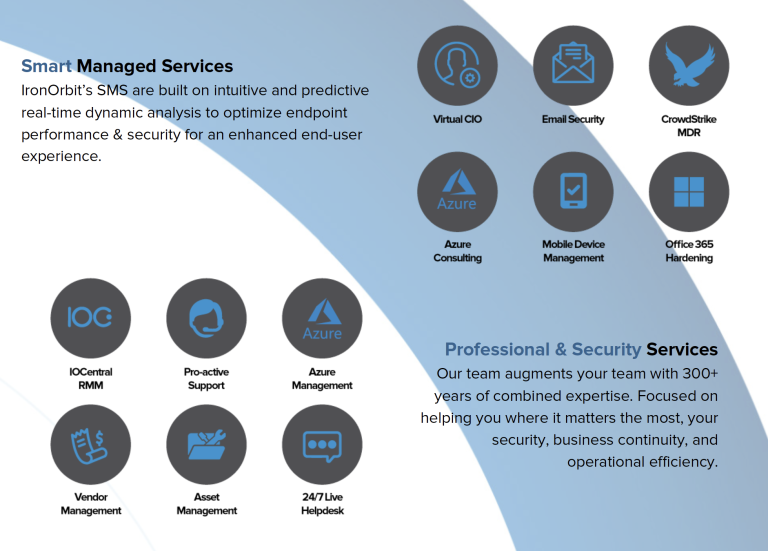As businesses regain their balance, the leadership must focus on renewal, not recovery, if they want to stay competitive in their market.
If there’s a lesson to be learned about the pandemic, it’s the importance of being adaptable. Another critical quality for survival was speed. There wasn’t much time to deliberate. Companies had to act fast. Acting with speed and agility wasn’t tied to the size of the company. It was less about ability and more about choosing to be quick and adaptable.
Covid-19 changed how we live and work on multiple levels. We’ve seen accelerated changes in consumer and business behaviors that are likely to persist. Strategies meant to restore things as they were before the pandemic will prove frustrating.
Business leaders need to look beyond recovery. As Rebecca Brooks points out in her article for the Forbes Agency Council, the pandemic revealed the flaws in our systems. All of them. Whether they were socio-economic, corporate, or governmental. “That’s why I’m not trying to lead my company back to where it was in December of 2019,” she writes. “That place and time are gone. I want a renewal— not a recovery — so that our people are equipped and prepared to handle the challenges we’ll face today and tomorrow.
Because businesses and consumer behavior will never be the same, business leaders are looking for technology, specifically digital technology, to lead the way. Digitizing operations use the technology to replicate an existing service in a digital form. Becoming digital means using technology to transform the service into something significantly better. Companies can’t afford to drop the value propositions that work, at least not right away. Nor can they afford to settle with running the business as they had before the pandemic. It is a different market now. In this climate of rapid change and delivery, there’s nothing worse than complacency.
Be Inspired by Technology
The whole idea behind digital transformation is to leverage all the potentialities of technology (namely cloud computing, the Internet of Things, and artificial intelligence) to create and deliver better products and services.
Why is the ability to be inspired by technology such a prized commodity? Because now you can conceive an idea, get it funded, bring it to life, and scale it easily, quickly, and more economical than ever before. Andrew Hessel, a distinguished research scientist at Autodesk, said, “The gap between science-fiction and science is getting really narrow now; as soon as someone has the idea and articulates it, it can be manifested in a short time.”
A recent Gartner report on identifying future work trends recommends several methods for creating a future-of-work strategy. The recommendations include using the visionary imaginations of science-fiction writers. Apparently, there are many organizations already employing science-fiction writers to develop bold ideas. Gartner points out that creative thinking is critical for moving past incremental innovation. People often become trapped by cognitive biases (what they know and expect from everyday experiences). They become unable to see potential futures because they are weighed down by the limitations of present conditions.
Market Trends
While the crisis of covid-19 has boosted innovations in technology, it has also created shock waves of uncertainty which are particularly felt by investors and multinational companies. Having witnessed the vulnerability of long-distance supply chains, many business leaders are looking for more local options to replace global manufacturing partners.
ZARA, one of the most known retail companies in the world, has built its success on a solid cloud-based infrastructure.
The Spanish clothing retailer ZARA, founded in 1975, is one company that has been ahead of the trend. While most clothing brands floundered during the pandemic, ZARA was able to keep things moving because they had a shorter supply chain. Not an easy feat to pull off, especially when you have 2,270 stores worldwide. Most western brands use offshore manufacturing in Asia, where labor is much cheaper. The time between design and delivery of the finished product could be months.
Because ZARA used local manufacturers, they moved quickly from design to delivery in a matter of weeks. ZARA also benefited from having no stockpiles of unsold inventory, and they were able to respond to consumer trends promptly. This strategy of using local suppliers turns out to be an effective model. Other companies: in other industries have begun to follow its example.
Job Growth
The clothing industry was one of the markets hit the hardest during the pandemic. The manufacturing of clothing requires the work of many people. Consider that, in Asia alone, the clothing industry employs 43 million people. So, when clothing sales fall 73.5 % in the United States, Bangladesh loses out on $3.2 Billion in canceled clothing exports.
Worldwide, factory jobs will soon be a thing of the past because everything has been automated. Low-skill labor of all kinds will slowly continue to disappear over the next decade. It is anticipated that 1 out of 16 people will have to change occupations between now and 2030. This era of occupational transitions will require the need to train millions of people for new jobs. What benefits, such as sick leave or unemployment, be available for all workers (including gig workers)? The main areas of job growth will be highly skilled occupations: including teachers and training instructors.
Consumer Behavior
According to McKinsey & Company, consumer behavior that shifted in response to Covid-19: such as ordering groceries online and virtual healthcare, will continue at higher levels. E-commerce is booming. The virus also initiated a reversal of some behaviors, such as investing in the home. As the pandemic subsides, some consumer behaviors disrupted by Covid-19, including entertainment, leisure air travel, and remote education, will eventually make their comeback.
Hybrid or Fully Remote Workforce

McKinsey and Company assessed over two thousand work activities to evaluate what work can be done without any activity loss in a work-from-home environment. In their research, twenty to twenty-five percent of the workforces in advanced economies were able to operate effectively without losing any of their efficiency. The number of remote workers since the pandemic has increased four to five times. Companies are now devising hybrid remote work plans that enable them to reduce office space saving money and increasing profit margins while giving workers more location flexibility.
During a video roundtable discussion entitled “What’s Up AEC?” Nvidia’s Senior Solutions Architect, Jimmy Rotella, said, “We had always seen a remote workforce coming. Analysts say that the pandemic has actually accelerated the work-from-home movement by 5 to 10 years.”
Now, there is a real focus on employees having options. They can work from home, in the office or both. In fact, the “employee experience” has become equally important as the customer experience. Providing a great experience to both customers and employees is a defining aspect of a company’s brand.
According to a Fuze survey:
· 83% of workers do not believe they need to be in an office to be productive
· 43% believe they would be more productive working from home
· 70% of those surveyed between the ages of 16–44 want to be more mobile at work
· 88% use smartphones for work daily
· 49% use a tablet minimum of three times per week.
Now that the pandemic is winding down, organizations continue to think about how they want to work moving forward. Most employees now have a taste of what it’s like to work from home, and they want to keep it that way if possible. The trend for most companies has shifted in favor of remote and hybrid working scenarios. Owen Hughes writes, in his attention-grabbing article SPENDING ON TECH IS ABOUT TO ROCKET. BUT IT WON’T BE THE IT DEPARTMENT DOING THE BUYING, that the growth in IT spending will be around companies digitizing operations (moving to the cloud) and becoming digital.
Welcome to 2025
& Tech-Celeration

Zipline has made more than 150,000 commercial drone deliveries including blood, medicines, and vaccines. It has transformed national health systems by expanding access to care for millions of people.
The post-pandemic acceleration in the adoption of technologies is pushing us into the future at breakneck speeds. The new word for this rapid adoption of new technologies is tech-celeration. Experts estimate the acceleration is at least 5 years. Healthcare and higher education are among the industries that have probably seen the greatest push towards tech-celeration. For example, in the United Kingdom, the National Health Service built a telehealth system over a weekend and rolled it out to doctors across the country by the end of the following week. There were similar scenarios in the United States.
Although e-learning has been available to the public since 2000, it has been relatively dormant in university settings until the pandemic. Now, the online education market is expected to quadruple in revenue by 2026. Educational institutions are more open to using computers for distance learning and developing more robust online degree programs.
IT Moves to Center Stage
According to analysts, the surge in IT spending this year won’t come from traditional IT departments, but other areas of the business undergoing digital transformation. These units see IT charged as a cost of revenue or cost of goods sold.
John-David Lovelock, research vice president at Gartner, said: “IT no longer just supports corporate operations as it traditionally has, but is fully participating in business value delivery. Not only does this shift IT from a back-office role to the front of a business, but it also changes the source of funding from an overhead expense that is maintained, monitored, and sometimes cut, to the thing that drives revenue.”
Mark Samuels’ May 22, 2018, article warns readers of the many pitfalls associated with digital transformation even as it acknowledges its importance to business renewal. A few years later, this urgency to transform into digital companies is as intense as ever. Like the acceleration of remote work, the pandemic pushed up the digital transformation agenda for everyone.
For more information please read parts 1 and 2 of WHY IS DIGITAL TRANSFORMATION SO IMPORTANT TO SUSTAINED SUCCESS? These highly informative blogs were based on research by Jeanne W. Ross.
New Crisis. New Opportunities.
Covid-19 created the opportunity for new businesses, as well as new types of businesses to emerge. According to the earlier referenced survey, the number of new business start-ups has doubled in the USA since 2019. During Covid-19, however, many workers in the United States were furloughed, laid off, or simply dropped out of the labor force for other reasons, and thereby embraced the opportunity to create the start-up of their dreams. New job titles have appeared on the horizon. For example, the research company Econsultancy tracked the use of the chief data officer title on LinkedIn for two years. In April 2016, 2,899 people were identified as chief data officers; by February 2018, there were 11,418.
IN CONCLUSION
Because of the changes brought upon by the pandemic digitization increased faster than ever thought to be possible and pressured many companies to move faster than they would have liked. It is now an on-demand economy (compliments of the cloud ecosystem). This is a new industrial revolution driven both by fear of digital disruption and the opportunities created by the cloud ecosystem.
The disruption caused by Covid-19 also offers a path to higher productivity and broad-based growth. Digital enterprises like Netflix, Google, and Facebook will only continue to get bigger. The Amazon model of fast and direct delivery will continue to blaze a path through online shopping.
Although the pandemic has contributed to a slowdown of globalization, the world has grown too integrated for globalization to be stopped. According to The Economist magazine, the biggest missing piece of the global puzzle is for business and government leaders to make interdependence work with resilience. Technology, and how people use it, will surely play a critical role.
Even before the pandemic lockdown, social media, mobile, analytics, cloud computing, and the Internet of Things pressured companies to become more digital. Digital technologies deliver ubiquitous data, unlimited connectivity, and massive processing power. Digital technologies enhance both the customer experience as well as employees.
Becoming a digital company means delivering new and improved product features. Too many executives rush into transforming their companies to become digital. Digital business transformation is a long journey. Leaders need to commit to the long haul while sustaining existing business.
Take notice of industry trends and identify which ones will have the biggest impact on your organization. Identify where your company has the greatest competitive advantages. Play to those strengths. Build relationships with providers who are dedicated to your success and whose expertise you can leverage.














